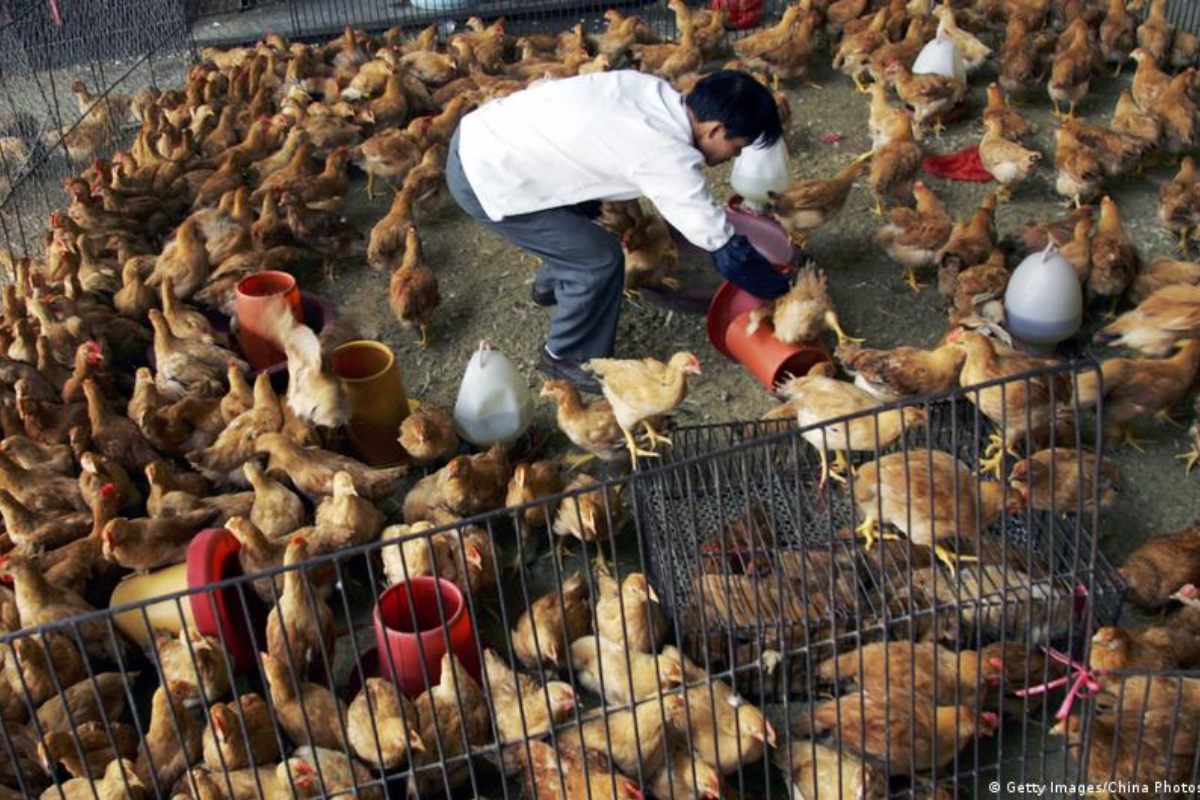- The coronavirus most likely originated at the Huanan Seafood Market in Wuhan, China.
- The initial Covid-19 cases were among live animal merchants or shoppers at a market.
- Researchers believe two viruses may have passed from animals to humans.
WHO advised scientists to continue investigating all probable causes of the Covid-19 outbreak, including a lab leak. Two new research utilise completely different methodologies but reach the same conclusion: The coronavirus most likely originated at the Huanan Seafood Market in Wuhan, China.
The research was initially published as preprints online in February, but has since completed peer review and was published in the journal Science on Tuesday.
Scientists from around the world used mapping techniques and social media reports in one study. They say the virus was likely present in live animals sold at the market in late 2019. Close confines may have allowed diseases to spread. The report doesn’t name the sick animals.
The initial Covid-19 cases were among live animal merchants or shoppers at a market. They believe two viruses passed from animals to humans.
All eight COVID-19 cases detected before December 20 were in the western section of the market, where animals were traded. Five animal sellers predicting human instances.
“The clustering is very, very specific,” according to research co-author Kristian Andersen, a professor in Scripps Research’s Department of Immunology and Microbiology.
[embedpost slug=”world-health-organization-to-reconvene-monkeypox-emergency-panel/”]
According to Michael Worobey, department chair of Ecology and Evolutionary Biology at the University of Arizona, the “amazing” pattern that emerged from mapping these cases was quite evident.
According to Worobey, the researchers mapped the early cases that had no connection to the market, and those persons who lived or worked in close proximity to the market.
According to the findings, the original version of the coronavirus was likely in two forms known as A and B. At least two cross-species transmission events into humans resulted in the lineages.


















